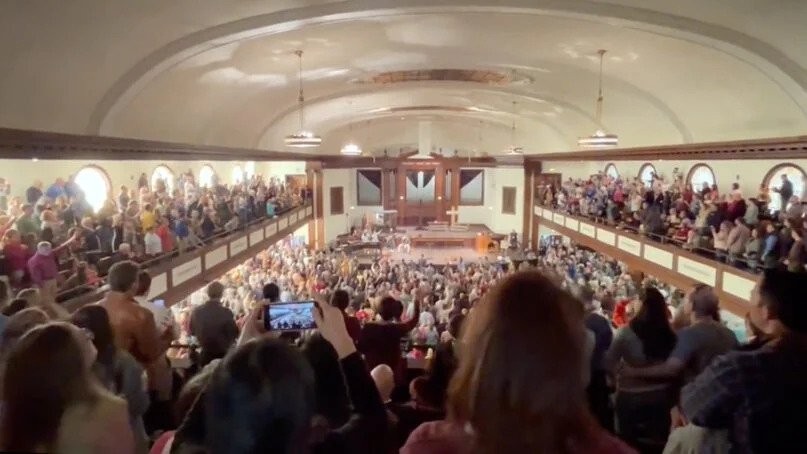Why students at a Kentucky school are praying and singing around the clock

Last Wednesday, students at Asbury University gathered for their biweekly chapel service in the 1,500-seat Hughes Auditorium.
They sang. They listened to a sermon. They prayed.
Nearly a week later, many of them are still there.




